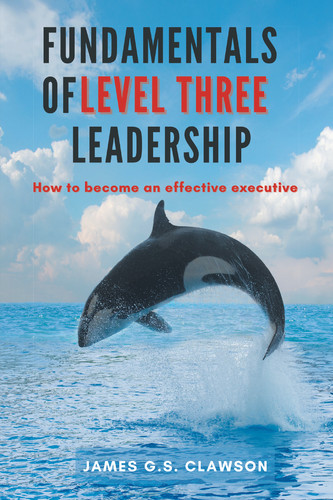Concept
Earlier I asked you to write one sentence describing who you are. This is a rough summary of your self-concept. And our thoughts and feelings about who we are is more complex than that single sentence. And this has to do with our VABEs about who we should be. These self-concept VABEs were formed as we developed in our early childhood development environment.
Our self-concept VABEs, the principles we have ingested about who we should be, form together a definition of what we want ourselves to be. Remember our definition of a problem? A want-got gap for somebody. Well, our self-concept VABEs are the want side of that equation. The got side is how we see ourselves.
Humans have a distinct ability to watch ourselves. We can see what we say and do. We also get feedback from others who help us fill in our blind spots. If we listen to and pay attention to that feedback whether it is direct or implied in signals and hints, we get a more complete picture of who we are in the world than we can by simple self-observation. This self-awareness becomes our got side of the equation.
If we see ourselves (our self-image, what we have got) to be largely congruent with what we expect of ourselves (our ideal self—what we want), our self-esteem, the feelings we have about ourselves, is high. If there is a gap between our self-image and our ideal self, our self-esteem will go down.
Hence, we can modify the REB model described earlier by pointing out that what we have with regard to ourselves is our own Level One Behavior. Do you see how this is another example of the Problem Model? Another Want-Got Gap to manage.
Example
Andre believes he should be a good father. When his son interrupts him while he’s working, he snaps at his son, “I’m busy now! Don’t bother me!” His fast thinking, the elephant of quick VABEs based assessment, immediately ruled. A moment later, Andre feels guilty.
At this point, Andre’s slow thinking will kick in and he will assess himself to be a bad dad, and feel guilty. This moment will then demonstrate a different concept, Andre’s relative VABE system. Which VABE is more important? The first is, “I should be a good, loving dad.” The second is, “I must be a productive, hard worker.” These two VABEs are competing. Which one is more important to Andre? We will know in a moment as he either puts his work aside and apologizes and attends to his son OR continues working. Andre demonstrates his value structure, the relative strength of his VABEs, by his Level One Behavior.
Diagram


1. What do you think of yourself?
2. What, if any, fears do you harbor about your worthiness?
3. How, if at all, is your self-image over inflated?
4. How, if at all, is your self-image under inflated?
5. List your weak points. Do you acknowledge these to yourself and others?
6. What are the consequences of thinking more highly of yourself than others do?
7. What are the consequences of thinking less of yourself than others do?
8. How does humility affect others?
9. How does false humility affect others?
10. How does over-confidence (arrogance) affect others?
11. How does justified confidence affect others?
